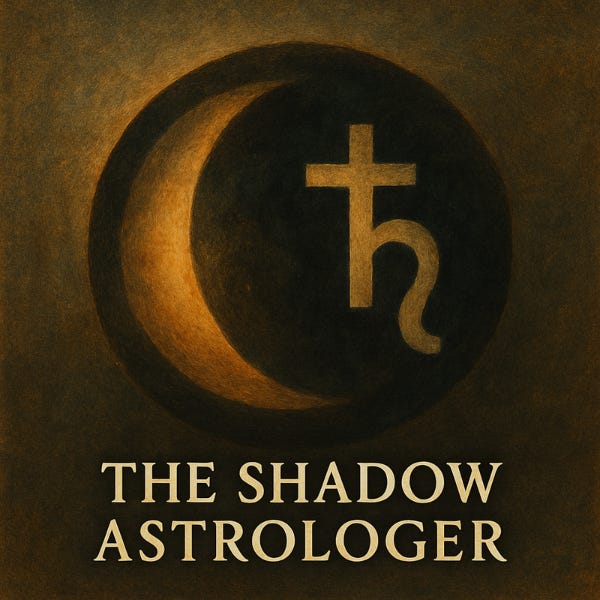Lilith's refusal to submit
on the myth of Lilith and her archetype in the natal chart.
When you hear about Lilith, what is your first impression of her myth? Do you believe she was an empowered feminist, or a seething disobedient witch? I suppose the answer lies in your own morals, values, and culture—but perhaps the truth is found in both.
Lilith, in every mythological tale, was the woman who refused to submit. She didn’t want to be chained to the oppressive fate that dominates her story. Lilith was Adam’s first wife. She wanted control of sexual pleasures and didn’t want to settle for missionary and being penetrated by her dear husband. As a result, she left the garden of Eden. Exiled and demonized, she became the mother of demons that came from the seed of Adam himself.
The story can get rather dark, from non-consensual sex (Lilith forced herself onto Adam), to murdering women and children. In the earliest Mesopotamian, Hebrew, and later Medieval traditions, Lilith was associated with the more fearsome qualities. She became the night spirit, the child-snatcher, the one who endangers mothers and infants. She’s the “female demon” born of the desert wind, tied to miscarriage, infant death, and forbidden sexuality.
There’s a certain shame attached to Lilith, as if wanting to be equal meant being cast out and called ungodly. Seduction became her power, and she wore her vengeful rage as armor. She is the death mother archetype, though not in a purely destructive sense. She’s the aspect of the feminine that refuses domestication. The one who says no to subservience.
In patriarchal myth, what’s been exiled or feared in women (independence, erotic power, wildness, anger, refusal to submit) often gets demonized. So Lilith becomes the projection of what collective consciousness can’t integrate. She’s the one who withdraws her nurturing light so the psyche is forced to grow through shadow.
The full essay is part of the paid archive.
Joining gives you access to the full library, live webinars, and private threads where we talk through transits together. If you’d like to continue reading, you can upgrade at anytime by going here.


